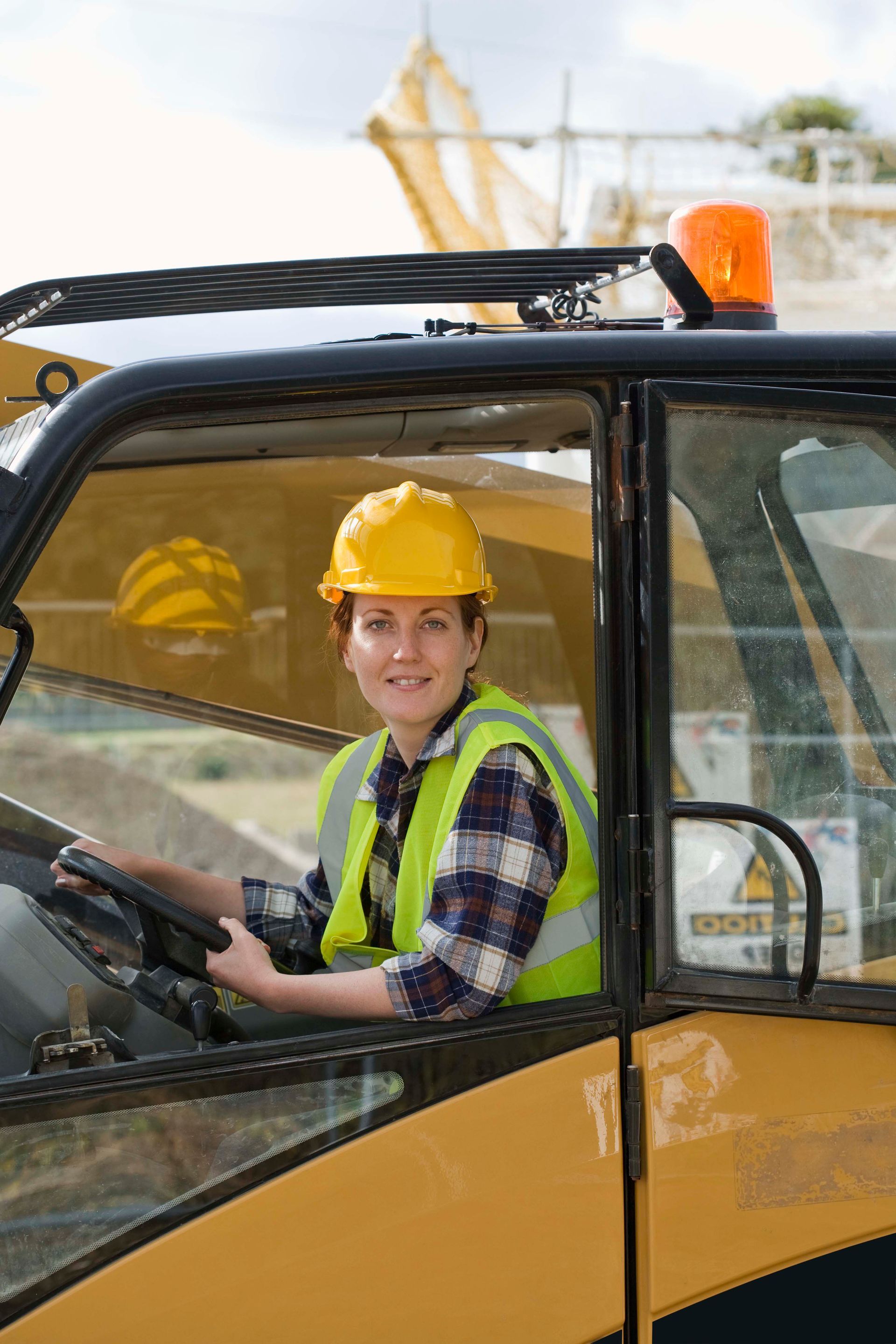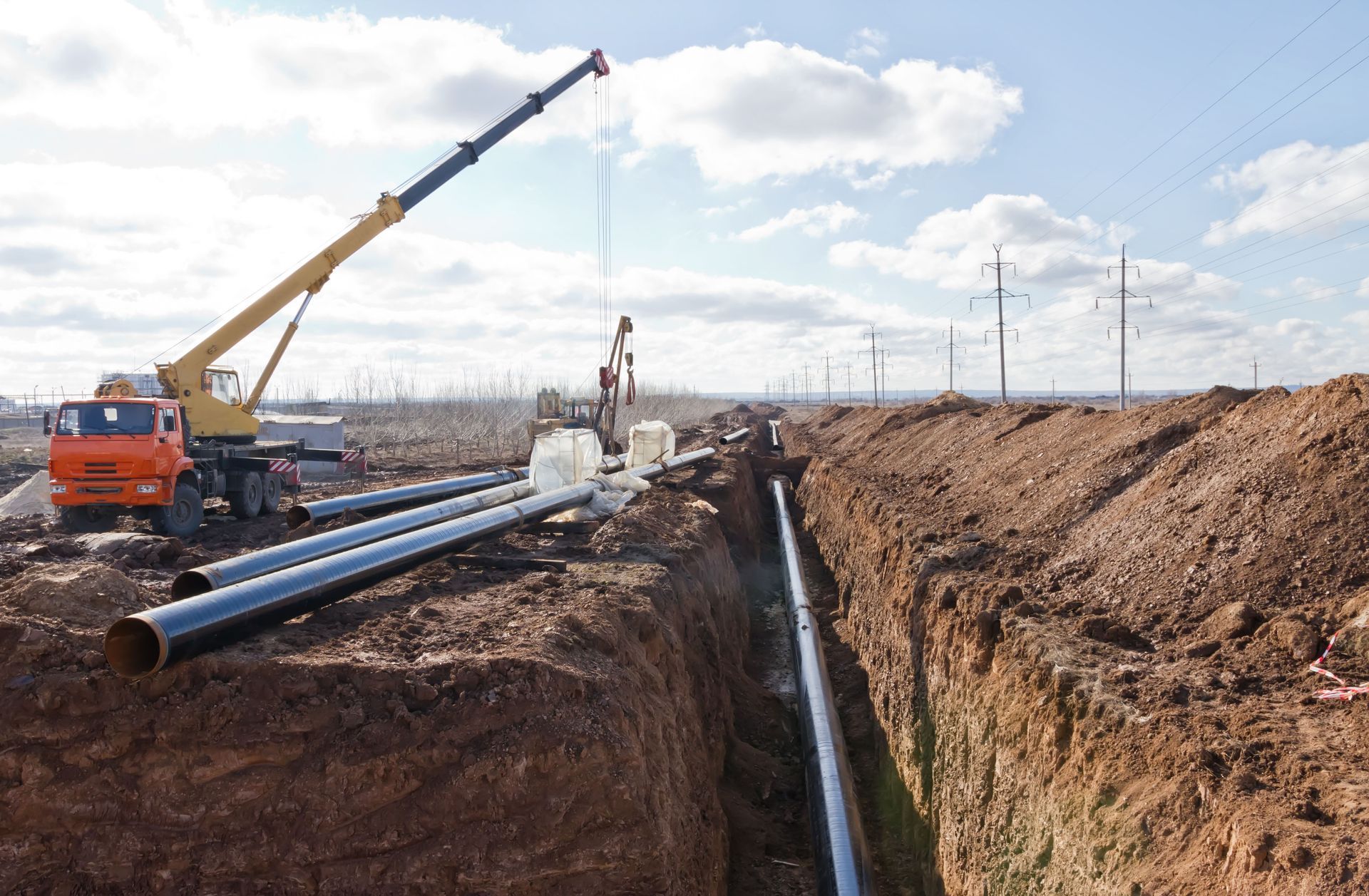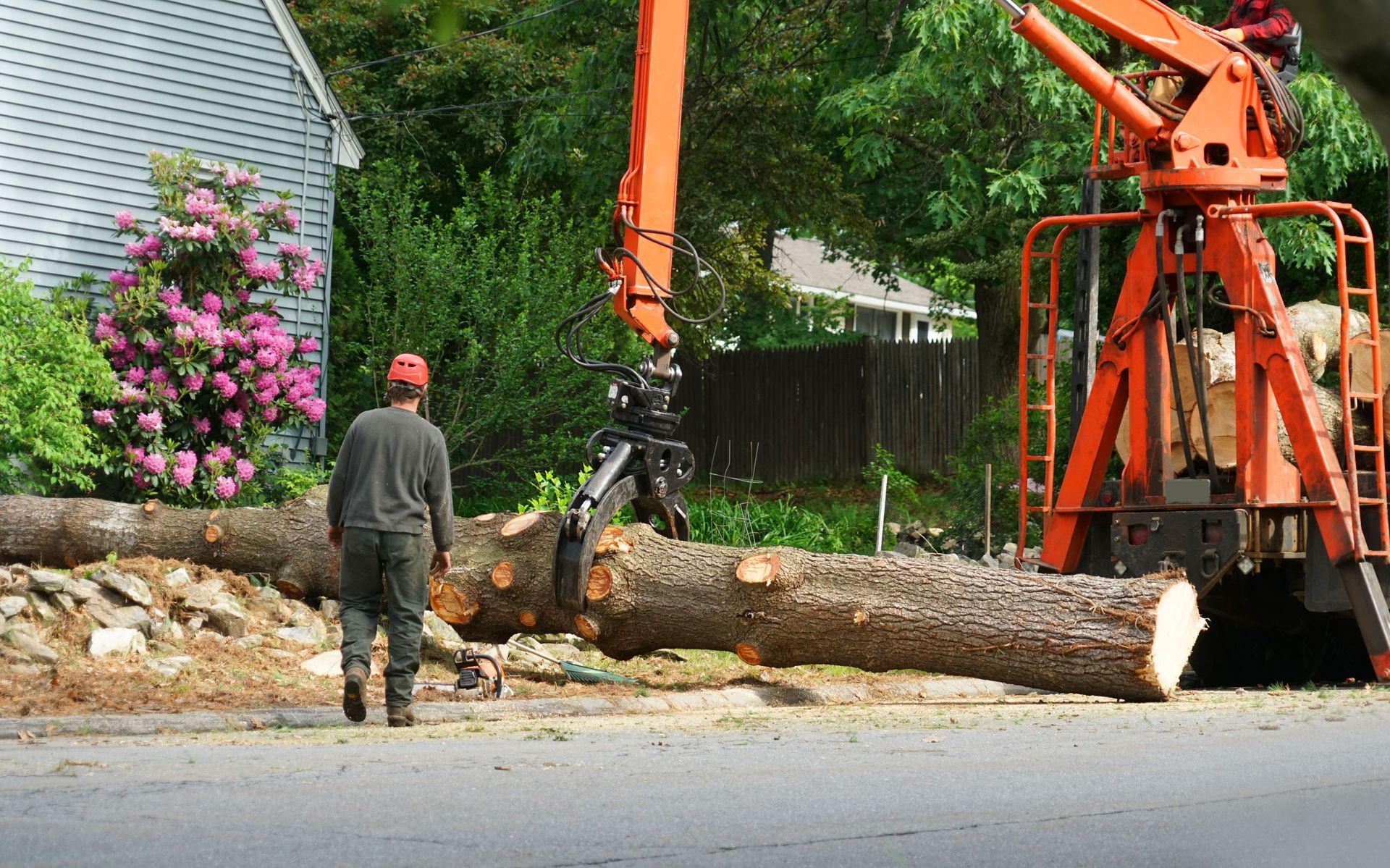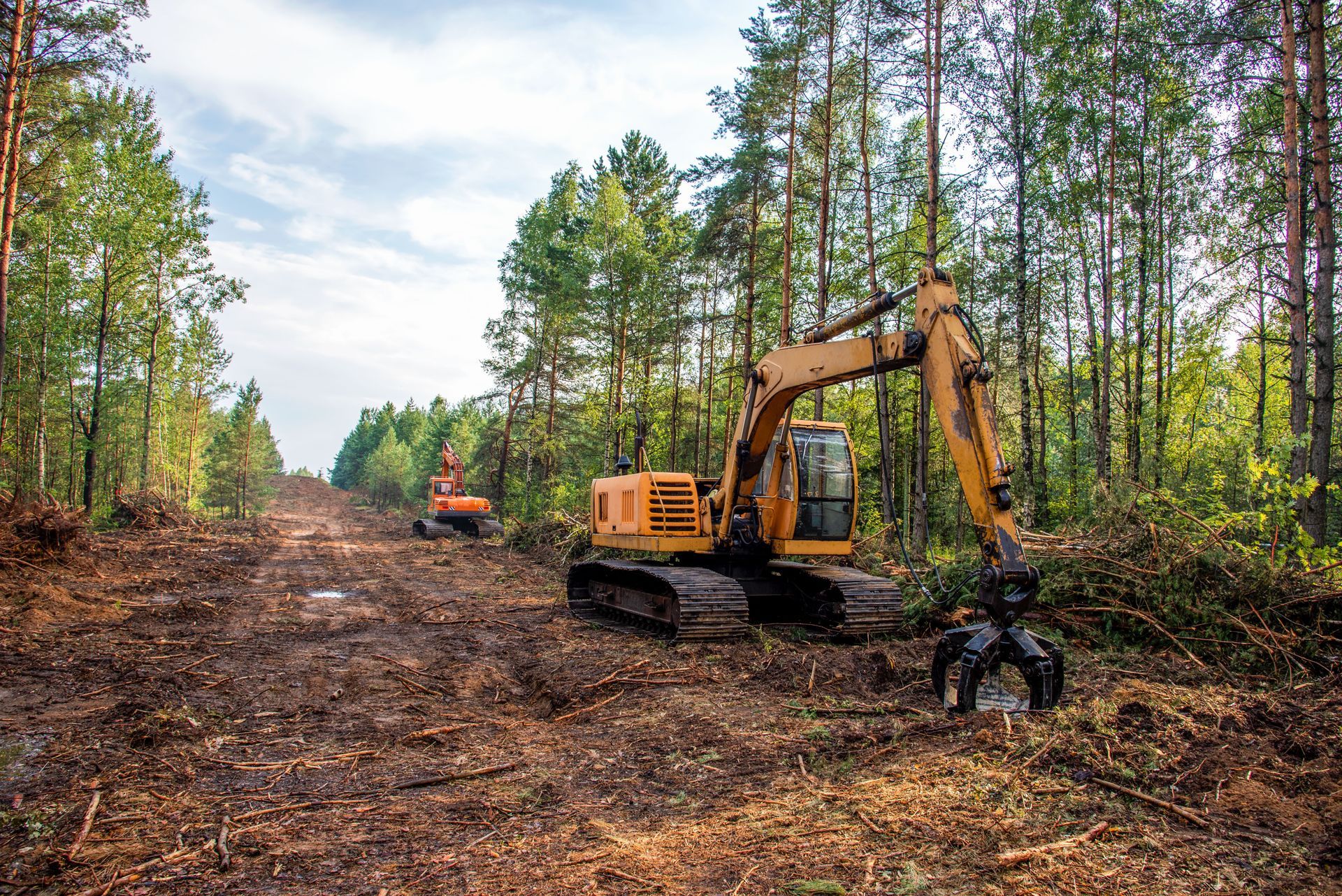How Do Digital Lift Planning Tools Help Reduce Project Risks?
Highlights:
- Visual simulations reveal conflicts with power lines, structures, and traffic before equipment mobilizes.
- Automated capacity checks and load-path modeling reduce tipping and overload risks.
- Standardized plans align with OSHA, NIOSH, and SC&RA guidance for safer field execution.
- Integrated schedules and weather data help avoid wind, lightning, and soft-ground hazards.
- Russ Erlinger Crane Service supports data-driven lift plans for projects in Springfield, IL.
Digital Lift Planning Overview
Digital lift planning tools transform pre-lift preparation from static drawings into dynamic, 3D, data-rich plans. These platforms model the crane, rigging, load geometry, and site constraints to predict how a lift behaves through every phase—assembly, pick, swing, travel, and set. Planners evaluate multiple crane configurations, outrigger spreads, and rigging trees quickly, choosing the safest, most efficient option. Because the model mirrors the site, conflicts show up early: insufficient boom clearance, tight tail-swing zones, underground utilities, or temporary works in the path. The result is fewer surprises on site, tighter schedules, and a shared single source of truth for the team.
Risk Identification and Visualization
The biggest advantage is early hazard discovery. With digital terrain and building references, planners test the lift path against real geometry and flag encroachments automatically. Power line corridors, structures, scaffolds, and parked equipment are rendered at true scale so the team can set no-go zones and tag critical approach distances. According to OSHA, lift planning must consider ground conditions, assembly/disassembly, and minimum clearances near energized lines—requirements digital tools make easier to codify into the plan and communicate to crews.
Load Charts, Capacity, and Stability Assurance
Modern planners integrate manufacturer load charts and live calculations for radius, boom angle, parts of line, and reeving, generating automatic warnings if a scenario approaches or exceeds capacity. They also estimate dynamic effects—like wind on load, tag line forces, or acceleration during pick and travel—so crews understand margins. According to the NIOSH, mobile crane incidents, overloads and tip-overs are recurring hazards that preplanning can mitigate with proper setup and accurate capacity assessment.
Ground Conditions and Outrigger Support
Soft soil and insufficient outrigger support are common precursors to instability. Digital plans factor assumed allowable ground bearing pressures, calculate outrigger reactions for each lift position, and specify pads, mats, or engineered foundations. This drives better dialogue with the general contractor about compaction, utilities, and access. According to the Specialized Carriers & Rigging Association, standardized methods for assessing support conditions reduce incidents and improve consistency across jobs.
FAQ
What problems do digital lift plans catch that paper plans miss?
3D models catch tail-swing conflicts, boom-to-structure clashes, and path obstructions that are hard to “see” in 2D. They also calculate capacity at each step, highlight ground bearing “hot spots,” and visualize wind exposure along the entire lift path, reducing mid-lift surprises.
Do we still need field walks if we have a digital plan?
Yes. The model is a planning aid, not a substitute for verification. Field walks confirm clearances, underground utility marks, soil conditions, and traffic routes. The best practice is to iterate the model after the walk so the plan matches reality.
How do these tools help with power lines?
They let you model minimum approach distances, set digital geofences, and lock in staging locations that maintain clearances. That visualization supports compliance with OSHA’s power-line safety rules and informs pre-job briefings.
Permitting, Documentation, and Compliance
Lift planners export standardized documents: crane configuration sheets, rigging lists, outrigger/matting specs, traffic control sketches, and emergency procedures. These packets streamline permit applications and help AHJs review the work quickly. They also embed compliance checks directly into the workflow—ensuring ground conditions are addressed, assembly sequences are defined, and proximity to power lines is controlled.
Weather, Schedule, and Change Management
Risk isn’t static. Many platforms integrate weather feeds and wind-speed thresholds per crane chart to trigger go/no-go decisions or rescheduling. Planners can simulate alternate dates, night lifts, or different crane placements if a front moves in. When jobsite constraints change—new scaffolding, a moved laydown, or an added pipeline—teams update the model and republish the plan so everyone is aligned. Version control, digital signatures, and mobile access reduce miscommunication and keep the field crew working from the latest, approved plan without hunting through email threads.
Communication and Crew Coordination
A clear plan reduces risk only if it’s understood. Digital tools export visual one-pagers for tailboard talks, showing the crane setup, lift path, exclusion zones, tag-line duties, and hand signal responsibilities. QR codes can link to the full plan in the cab or on a tablet. That makes it easy for operators, riggers, and signalpersons to confirm steps, radio channels, and emergency actions. Embedding checklists for daily inspections and pre-lift meetings turns best practice into habit—and reduces reliance on memory during high-stress moments.
FAQ
Do digital lift plans work for small picks or just “critical” lifts?
They work for both. Many tools support “standard” plans for routine picks and “critical” plans for high-risk lifts. This tiered approach mirrors industry guidance and keeps documentation proportional to risk and complexity.
How do tools handle rigging?
Planners build rigging trees with slings, spreader bars, shackles, and below-the-hook devices, verifying angles, D/d ratios, and hardware WLLs. The software flags overstressed components and suggests alternatives to maintain margins.
Can we integrate lift plans with project schedules?
Yes. Many platforms export activities to common scheduling tools, so crane mobilization, road closures, and utility outages align with the master schedule and subcontractor work windows.
Standardization with Industry Guidance
Consistency is safety’s best friend. Teams that align their digital templates with recognized guidance reduce variance from crew to crew. Standardized approaches to outrigger support and foundation planning strengthen site assessments and help prevent bearing failures. Likewise, codifying OSHA considerations into plan templates—ground prep, assembly sequences, and power-line controls—keeps critical steps from being overlooked during mobilization and setup.
Incident Learning and Continuous Improvement
Digital plans create valuable data for lessons learned. Crews can annotate near misses, note unexpected deflections, or capture wind-related delays and attach photos. Over time, that history informs better crane selection, pad sizing, and sequencing on similar jobs. Thorough preplanning and learning from prior incidents are key to reducing tip-overs and uncontrolled loads. Embedding feedback loops in the planning system helps transform one-off corrections into enterprise standards.
FAQ
What should be in a “critical” digital lift plan?
Defined roles, step-by-step procedures, engineered rigging, outrigger/foundation design, load path maps, exclusion zones, contingency actions, emergency contacts, weather thresholds, and documented approvals—plus the exact crane configuration and charts used.
How do we prove compliance to inspectors or clients?
Share the exported plan, sign-in sheets from pre-lift meetings, equipment inspection logs, and as-built photos showing matting and clearances. Digital audit trails make reviews faster and reduce disputes.
Who owns the plan—GC, engineer, or crane company?
Ownership varies by contract, but collaboration is essential. The best results come when the GC, lift engineer, and the crane provider co-author the plan and validate it on site.
Local Expertise for Springfield, IL
In practice, the most effective plans combine powerful software with seasoned judgment. That means tailoring assumptions to Midwest weather, coordinating around municipal permits, and validating ground conditions at industrial and healthcare campuses common to the region. Russ Erlinger Crane Service brings local knowledge and digital planning discipline to projects across Springfield, IL—helping owners and GCs reduce risk, control cost, and keep schedules on track with clear, visual, and compliant lift plans.





Share On: